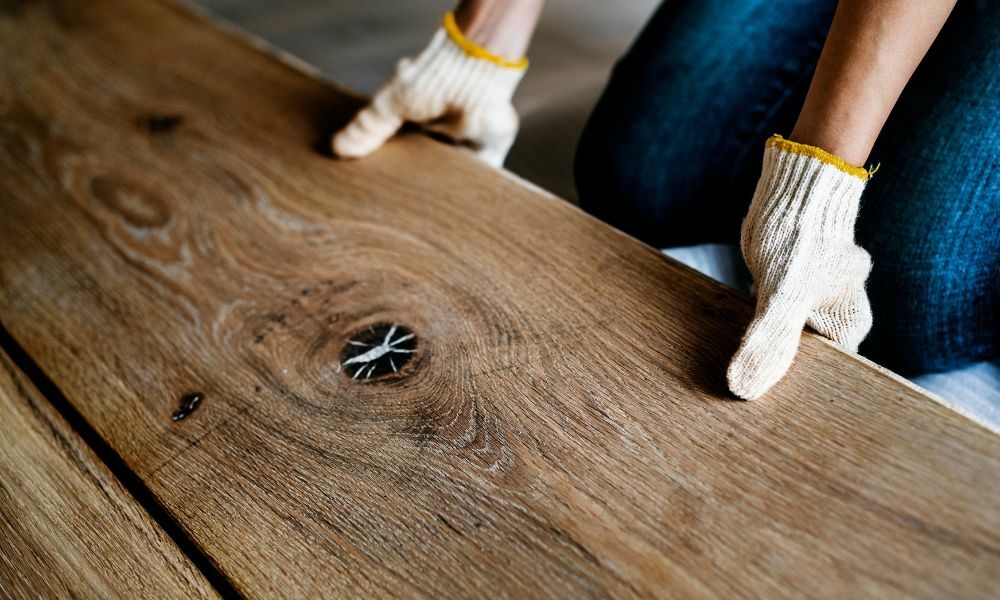Reclaimed wood enhances spaces with unique and characteristic interior detail. The textures and beauty of the old wood grab people's attention, no matter how you implement it into your space. Using reclaimed wood as flooring is one of the most popular uses for it. The timeless notches, grading, and cuts in the wood give your floors character, making your space feel cozy and pleasant. Before you start renovating your property, check out these three common reclaimed wood flooring installation mistakes to avoid.
Inadequate Sealing and Finishing
Floors endure lots of wear and tear. Throughout the day, your floors get trampled on, carry excessive weights, and interact with many different exposures. Over time, all that strain and wear on their surfaces causes your floorboards to weaken and often lose their appeal.
Although reclaimed wood already consists of an array of markings, you should still prevent new ones from arising due to wear and tear. Protecting your floors allows you to enjoy the beauty and charm of your reclaimed wood for many more years to come. Sealing and finishing your reclaimed flooring equips it with a barrier layer that mitigates its interactions with heavy foot traffic and other things. Without a sealant or some form of protective coat, the surface of your floors becomes subject to the full force and brunt of high traffic. It may develop everything from skid marks to scratches.
Lack of Subflooring
Subflooring influences the success of your flooring installation in many ways. As the structural foundation beneath your floorboard, subfloors can affect the level of your flooring. Unleveled subflooring leads to tilted and uneven flooring. Making sure your subfloor provides a smooth, flat, and even base to ensure your flooring ends up level and free of bumps.
Subflooring also plays a part in protecting your floorboards from moisture and underside damage, as it provides a padded layer between your flooring and the ground. Without subfloors, water and moisture from the ground can reach your reclaimed floorboards putting them at risk of growing mold and experiencing water damage. The bottom of your floors will also directly collide against the ground when weight is on them, generating damaging impacts on the reclaimed wood.
Poor Fastening Methods
Poorly fastening your flooring into place causes lots of different issues. Exposure to moisture, humidity, and temperature extremities makes the wood contract and expand. Improperly fastening your reclaimed wood can lead to warped flooring as it expands and loose floorboards as it contracts.
When expanded and shrunken, wooden floorboards also become more susceptible to squeaking because the wood planks rub and collide with one another easily. Although reclaimed wood is heavier than other alternatives, making it difficult to move, it still requires good fastening to secure it in place and hold its shape.
At Benedict Antique Lumber and Stone, we sell gorgeous reclaimed barnwood flooring that enhances your space with a one-of-a-kind touch. Avoiding these three common reclaimed wood flooring installation mistakes ensures you get to enjoy your new and charming floors for many years to come.

